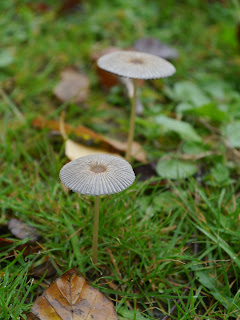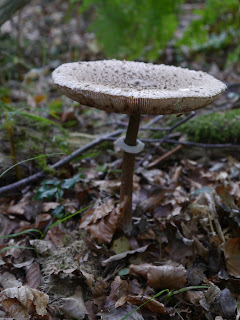Our plan was to park near the Gun Inn (home of excellent crab sandwiches) and walk to the Chequers Inn (excellent pub- untested Sunday roast!). With some heavy rain the previous few days and nights, it was all rather soggy on the marshes themselves, but the great thing about this walk is that you mostly stick to gravel paths along the sea wall. This also gives you great views of many bird species, relaxed in your presence knowing you can't get to them.
We'd barely started our walk when we saw our first dark-bellied brent geese, having arrived from their breeding grounds of Siberia. The south coast is internationally-important for wintering populations of this goose. The pale-bellied favours Ireland, breeding in Greenland and Canada. It's quite amazing to think that right next to the busy ports on the south coast, we have such an important population.
Moving on, with murky views of the Isle of Wight on our right, the ponds and pools on our left behind the sea wall were filled with many species of bird. Along the way to the pub, we saw shelduck, tufted duck, shoveler, pochard, lots of pintail (which originally stumped us as we couldn't see the long 'pin' and they were head on, hunkered down from the wind), little egret, wigeon, redshank, and we heard lots of curlew and oyster catchers on the marshes too. We diverted inland to the pub, stopping for amazing views of wigeon feeding undisturbed by our presence only a few feet away. They are very smart ducks, and have a lovely wheezy-whistle of a call. I'd never seen so many wigeon in one place before.
After a delicious roast, we exited the pub, to find it had just started drizzling. We'd been lucky with the morning's weather, but alas, it had caught up on us. Our plan was to walk a longer route back along the sea wall, but as we reached the wall, the wind picked up, as did the rain. We did get some great views of lapwing, but shortly afterwards, decided to cut our losses and divert inland for a more sheltered and shorter route. The heavens really opened in the last few minutes, but overhead, as if to take our minds off the drenching, several large flocks of brent geese flew overhead in loose V-formations - stunning!
A great end to a lovely if saturating walk - we know we'll be back several times in 2019!



















































